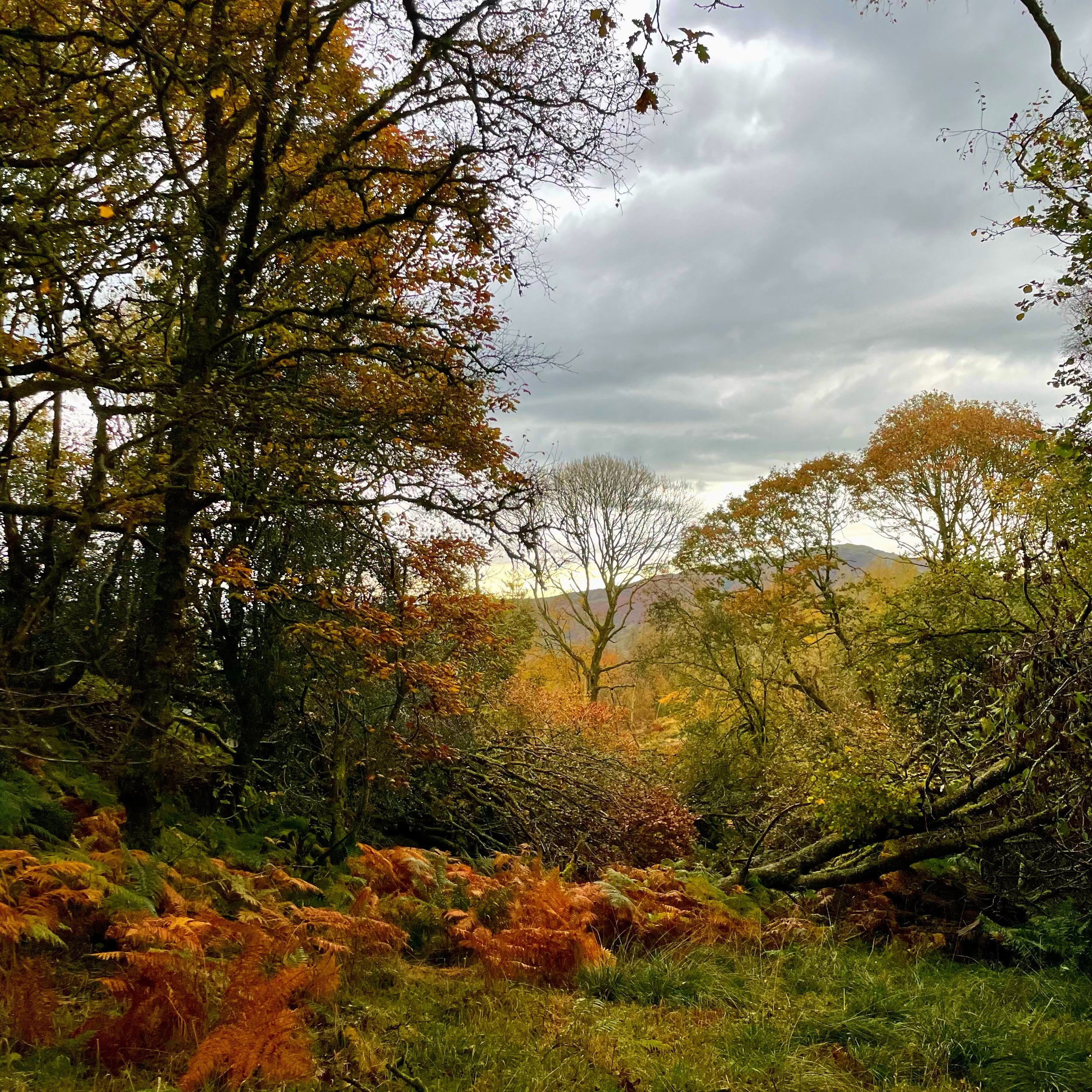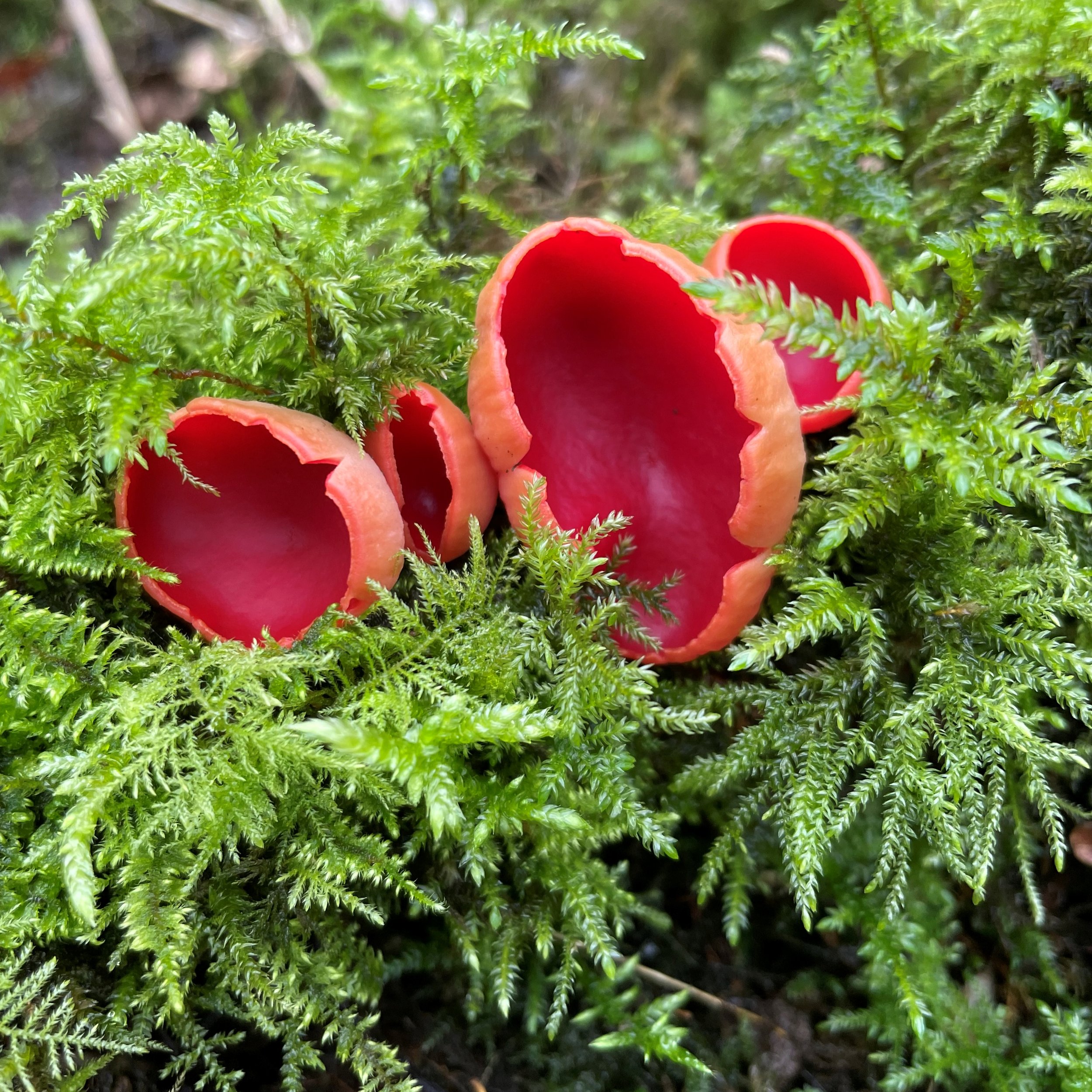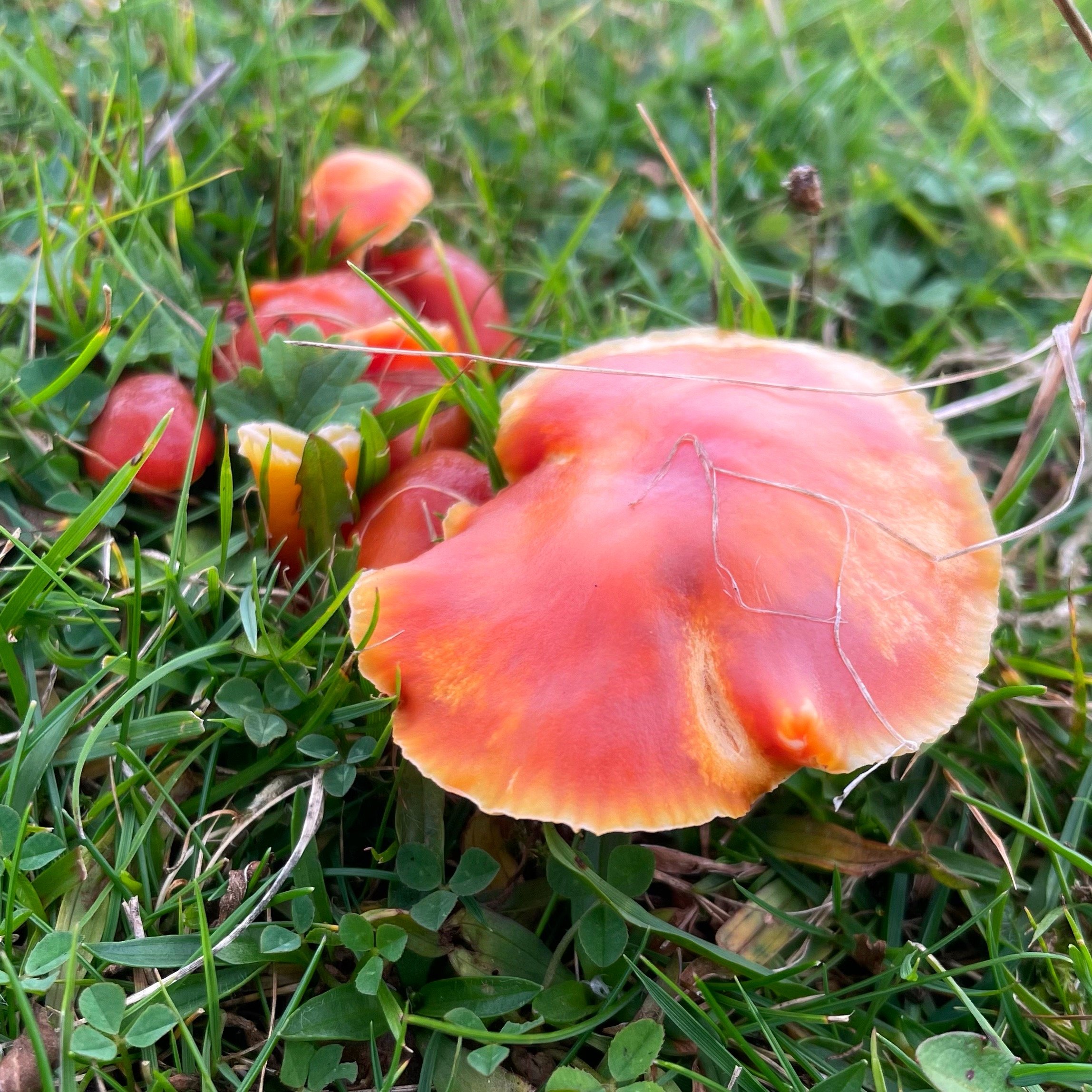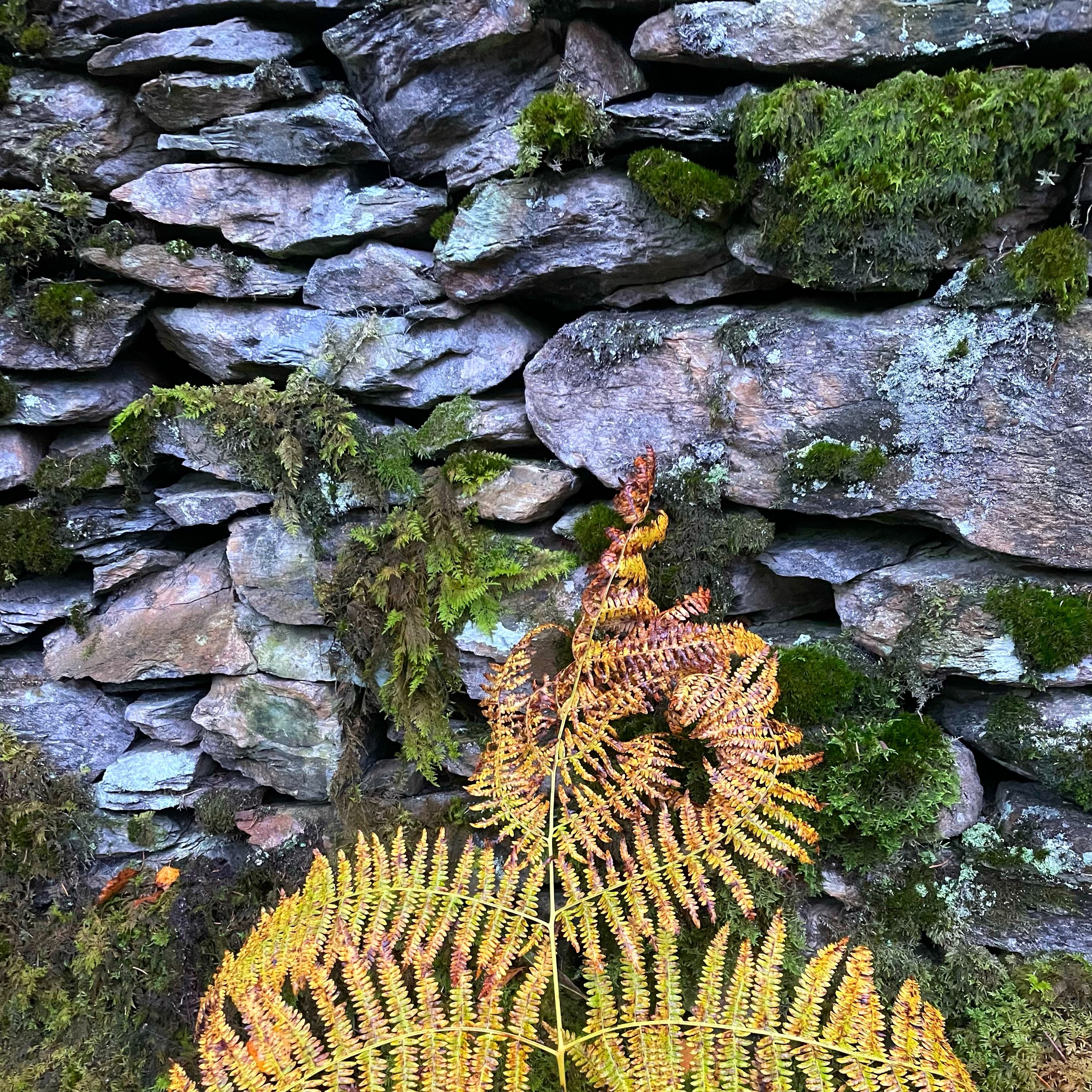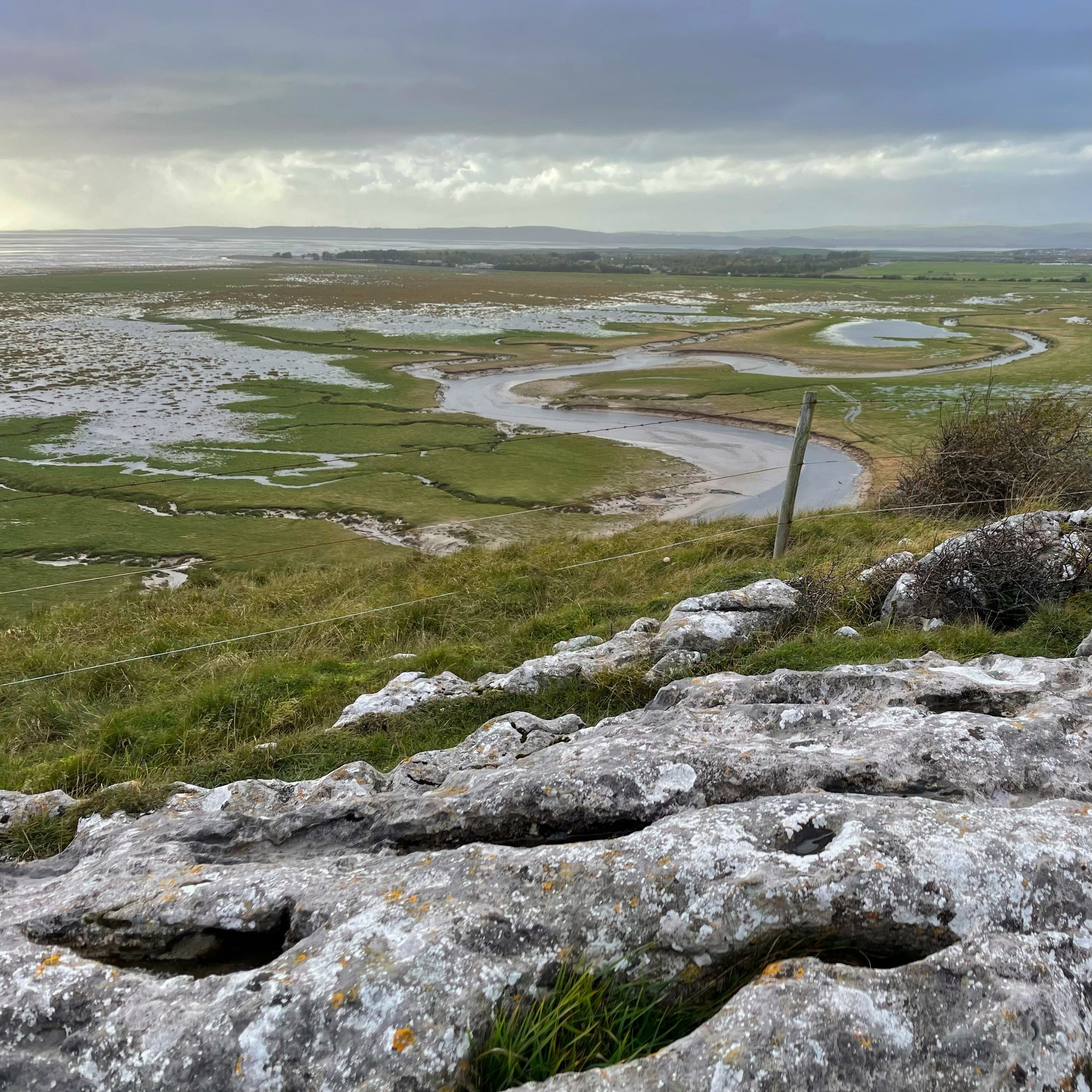Autumn on the Bay
Autumn is my second favourite time of year, the reverse of spring, where trees and plants baton down the hatches for winter, and birds and mammals frantically forage to survive the sparse days. It has a different feeling of life and vigour to the springtime that suggests a slowing down of pace. I think that’s why I like it. After the bustle of spring and summer it offers space for reflection and taking a closer look at nature.
I love watching the colours change in the landscape, kicking the leaves as they fall and drift around in the breeze. Autumn highlights the shapes and textures of nature, as trees and plants show their skeletal form and multitudes of fungi emerge from the ground.
There’s so much to notice at this time of year.
Woodland birds fill their bellies on rowan, hawthorn and yew berries. Jays and squirrels snaffle the acorns and beech nuts as they fall. In the grasslands flocks of goldfinch swoop on the thistle heads and teasels, stripping them of their seeds. Many of our summer breeding birds head off to warmer climes to escape the blustery wet weather. Other coastal birds, like pink footed geese, flock to the bay to take advantage of the rich saltmarsh and mudflats that will keep their bellies full over winter.
Autumn is a time of transition - birds migrating, plants dying back, dormice and bats seeking hibernation. Invertebrates too are becoming sluggish as temperatures cool. For many of our moths and butterflies it is a time to hunker down in their dormant pupal state, conserving all their caterpillar bulk to energise their transformation in the spring.
Around the woodlands and wetlands deer are at their most active as the rutting season begins. The sound of bellowing and clashing antlers at dawn and dusk is haunting. If you’re lucky enough to see them in action it is a true spectacle of nature.
A cacophony of different sights and sounds marks the slowing down of another year for our flora and fauna. Autumn and winter test their resolve and ability to regenerate and survive through our changing climate and increased pressure on their homes. Fortunately, the Morecambe Bay area has a hoard of carers looking after this unique place who spring into action at this time of year to ensure this special landscape is protected into the future.
The mirror of springtime with shortening days, autumnal sunrise and sunsets are one of the most spectacular features of the bay at this time of year, highlighting the expanse and wonder of the bay as the year changes. There’s so much to see and experience on this frontier for nature - why not come and see for yourself…..
Want to know more? Book a NaturesGems tour!
